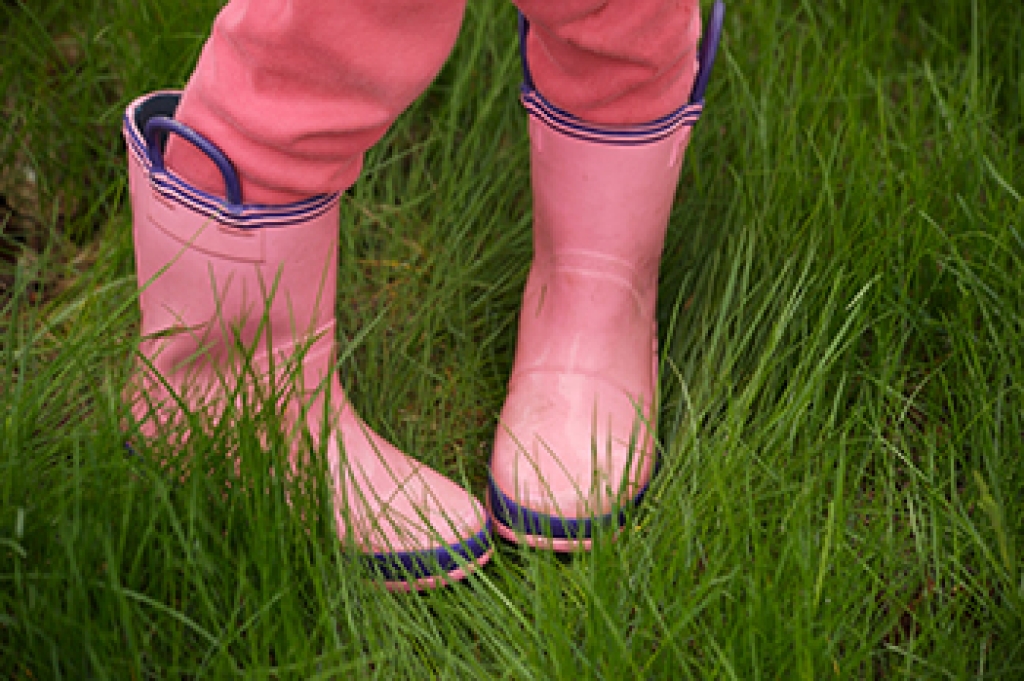
A tailor’s bunion, which forms on the outer side of the foot near the little toe, can interfere with comfort and mobility more than many people expect. As the area becomes irritated or swollen, wearing regular shoes may feel increasingly difficult, leading to constant friction and aching during routine activities. People often change the way they walk to avoid pressure, which can create new problems in the ankles, knees, or back. Social activities, exercise, and even short errands may feel limited when every step causes discomfort. Sleep can also be disrupted if the area remains sore at night. With proper evaluation, treatment such as footwear adjustments, padding, orthotics, or targeted care can reduce symptoms and improve function. It is suggested that you see a podiatrist if a tailor’s bunion is affecting your comfort or quality of life.
If you are suffering from bunions, contact Wendy L. Grossman, DPM of New Jersey. Our doctor can provide the care you need to keep you pain-free and on your feet.
What Is a Bunion?
A bunion is formed of swollen tissue or an enlargement of boney growth, usually located at the base joint of the toe that connects to the foot. The swelling occurs due to the bones in the big toe shifting inward, which impacts the other toes of the foot. This causes the area around the base of the big toe to become inflamed and painful.
Why Do Bunions Form?
Genetics – Susceptibility to bunions are often hereditary
Stress on the feet – Poorly fitted and uncomfortable footwear that places stress on feet, such as heels, can worsen existing bunions
How Are Bunions Diagnosed?
Podiatrists often perform two tests – blood tests and x-rays – when trying to diagnose bunions, especially in the early stages of development. Blood tests help determine if the foot pain is being caused by something else, such as arthritis, while x-rays provide a clear picture of your bone structure to your provider.
How Are Bunions Treated?
- Refrain from wearing heels or similar shoes that cause discomfort
- Select wider shoes that can provide more comfort and reduce pain
- Anti-inflammatory and pain management drugs
- Orthotics or foot inserts
- Surgery
If you have any questions, please feel free to contact our office located in Bloomfield, NJ . We offer the newest diagnostic and treatment technologies for all your foot care needs.




